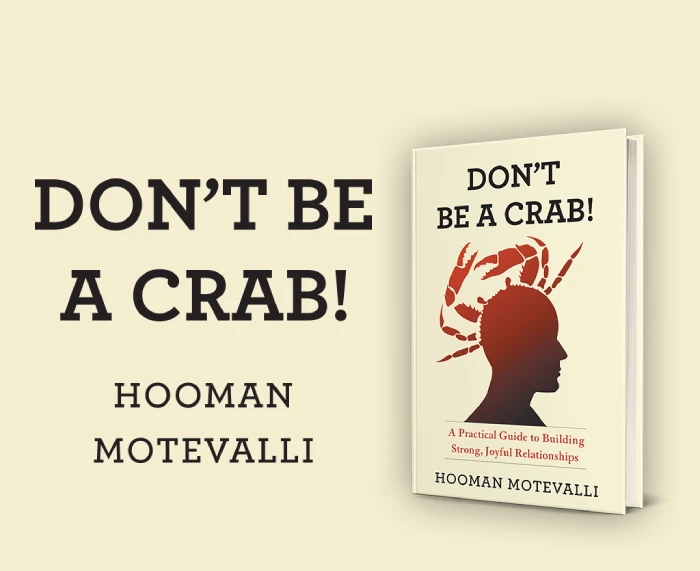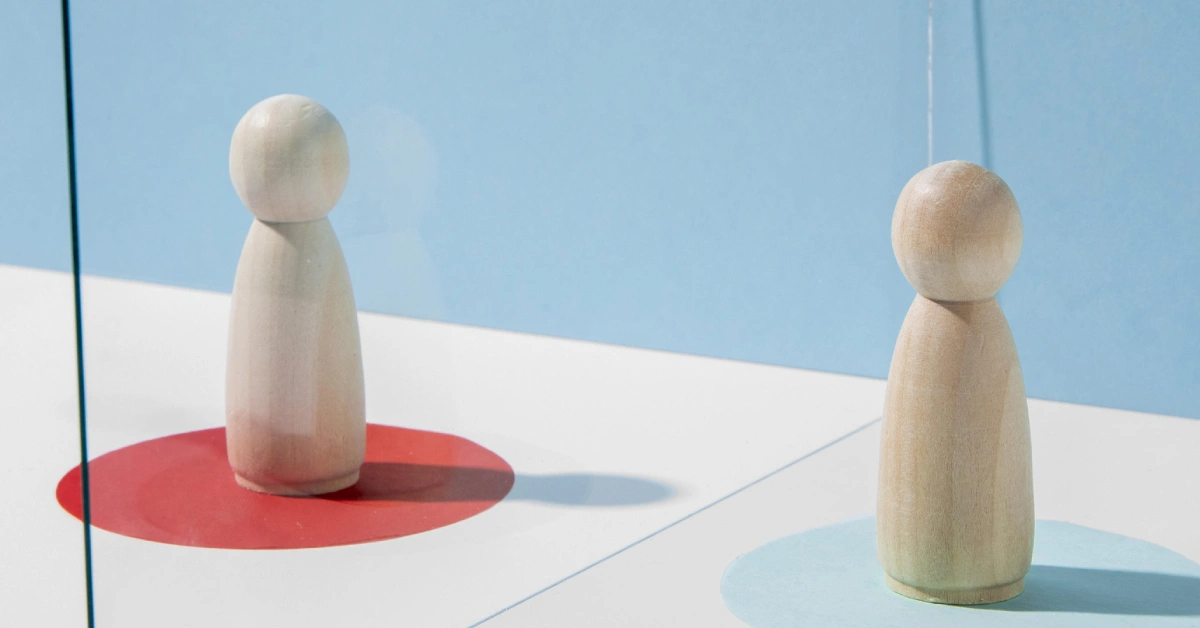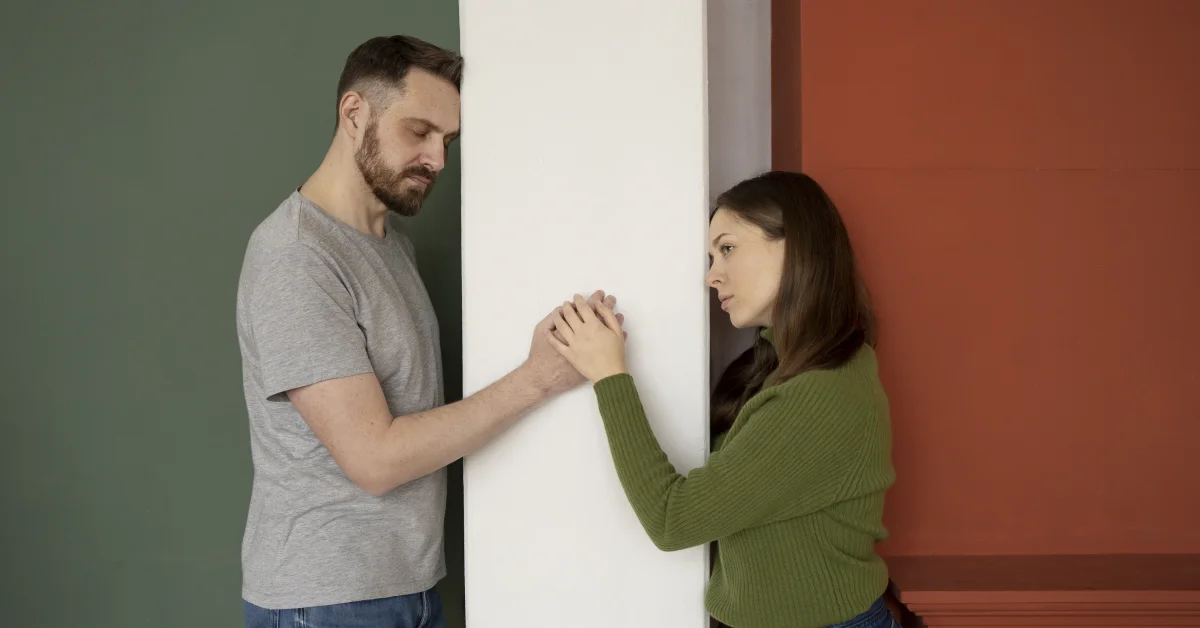Don’t you hate it when you’re forced to do something you don’t want to or even put up with bad behavior towards you because you didn’t want to hurt their feelings?
Perhaps you even swore not to tolerate it the next time. Yet, you did—again and again. We’ve all been there.
Do you want to learn how to make this stop? It all comes down to this: creating boundaries.
What Are Boundaries?
Boundaries communicate how you want to be treated by the people around you. When you set boundaries in your relationships, the other party is aware of your values and priorities, and you don’t have to lose yourself to please them.
Unlike walls, which shut people out of our lives, boundaries are created to let people in. Whether it’s your partner or children, setting boundaries in your relationship with them establishes clear lines that define what behaviors are acceptable or unacceptable.
A big part of setting interpersonal boundaries is saying no since you aim to set clear limits. This can be difficult if you fear conflict or confrontation, but it is something that must be done. Saying no to things you disagree with ensures that the people in your circle are willing to respect your boundaries.
A study by Chad A. Buck, PhD, revealed that people without solid and personal boundaries are likelier to breach those of others. That’s why it’s essential to establish and enforce your limits.
Now that you understand boundaries, let me show you how to build effective and robust boundaries in your relationship.
Let’s get started.
Five-Step Guide To Setting Healthy Boundaries In Your Relationships
You can set boundaries in any area of your life, whether physical, emotional, financial, work, or romance. If you want people to respect your values and priorities, you must set boundaries defining your interactions with them.
Follow these five steps to learn how to create healthy boundaries and say NO without feeling guilty daily.
1. Self-Reflection
The first step is to assess your needs, values, and limits. Strictly speaking, you can only do this if you know what they are. Self-reflecting is looking into yourself and trying to understand how you work.
To determine your interpersonal boundaries, you can start by asking yourself questions like:
- What behaviors do I dislike in someone else?
- What is essential to me in my relationship with others?
- How do I feel when my boundaries are crossed?
- What are my dealbreakers in relationships?
- What makes me happy in a relationship?
- What do people do that makes me feel disrespected, uncomfortable, or unsafe?
By understanding yourself, you start to get a good idea of what boundaries you need to set.
You should also evaluate your values and priorities. If your career is more important than your relationship, set boundaries that prioritize it. If both are equally important to you, set boundaries that strike a balance between the two.
2. Communicate Your Boundaries
After you’ve understood your limits, the next step is communicating them. Effective communication must be clear, well-delivered, and appropriately timed.
Avoid vague requests like “I need space,” and talk to the person about your needs and expectations as clearly as possible. Be honest and use detailed statements like “I feel violated when you go through my phone without my permission. I’d like you to ask the next time there’s something you want to check”.
The importance of “I” statements in your approach cannot be overemphasized. Make it clear that the person’s action affected you by using words like “I feel…” and “I don’t like it when…”
“You” statements, on the other hand, may sound accusatory and cause the boundary discussion to spiral into an unnecessary argument.
Talking about your needs can be scary, especially if you’re used to bottling your emotions. Here’s a pro tip: Write your points down before the discussion so it’s easier to speak clearly.
Remember to consider the timing as well. Choose a time when you are both relaxed and can focus on the discussion without anger as a distraction.
3. Dealing With Guilt
Boundaries are invisible lines that act as a form of self-care. They exist to keep your relationships healthy and prevent them from spiraling out of control. It makes the people around you aware of the limits that must not be crossed when dealing with you.
A lack of boundaries will let people repeatedly treat you however they want to, whether kindly or unkindly. This can lead to stress and burnout of all kinds.
How do you avoid this and deal with the guilt of saying no to people? Find out what the source of your shame is.
For most people, it’s fear. You might experience guilt when setting boundaries because you feel it will disrupt the “peace” in the relationship.
Maybe you’re scared to put your needs first because it feels like you’re wronging the other person. Take some time to figure out what your reason is.
Dealing with guilt is often as easy as realizing the intention of your boundaries. Are your limits there to hurt others, or are they there to protect you?
Recognize that boundaries exist to help keep your relationships healthy, not control them. Once you realize this, it gets easier not to feel guilty.
It also helps to consider the consequences of not setting boundaries. Realizing the blowbacks from tolerating behaviors that you despise or are harmful to you will help you find the confidence to put your foot down and forget the guilty feeling.
4. Practice Assertiveness Techniques
When discussing boundaries, always expect feedback. The reactions can be harmful, and they may even be hostile. Assertiveness helps you deal with this hostility without being hostile yourself.
Hostile reactions may come in the form of manipulation, intimidation, or even freezing you out of groups because of the boundaries you have set. In some cases, physical violence may even occur.
Setting boundaries in relationships involves assessing the situation, identifying the problem, and solving it by setting limits. Practicing what you want to say before you meet the person helps you talk about your needs assertively.
If the person is being unreasonable during the discussion, make them aware of this and lay down your boundaries. Remember, these boundaries are set to help both of you in the long term.
5. Encourage And Respect Boundaries
When discussing boundaries, communicating clearly and respectfully helps the other person see that individual and relationship needs are both essential and must be treated as such.
After talking about your needs, encourage them to talk about theirs too. Discussions like this are essential for the health of any relationship. Also, if you expect people to respect your boundaries, be ready to reciprocate the respect.
It’s pretty selfish to ask for what you cannot give, don’t you think? Just as you would like the people around you to, recognize that a “no” is a clear boundary. Don’t take it personally. Just respect the person’s needs at that time.
Also, setting boundaries early will help you foster healthy relationships. This way, your people have a clear image of how you want to be treated, touched, spoken to, and what you are unwilling to tolerate.
Conclusion
Why are boundaries important? Interpersonal boundaries exist to guide you to the healthiest relationships possible. Boundaries help you know who to keep around you. If a person keeps violating your limits, you know they cannot be trusted, and you should keep them at a distance.
Boundaries also show you how to care for the people around you. If a friend has set a limit, you know not to cross it. In this way, you show your respect and trustworthiness.
If you still struggle to set boundaries in your relationships, perhaps the concept still feels like an undoable task. If this sounds like you, you can learn more about creating respectable boundaries in Hooman Motevalli’s Don’t Be a Crab.









